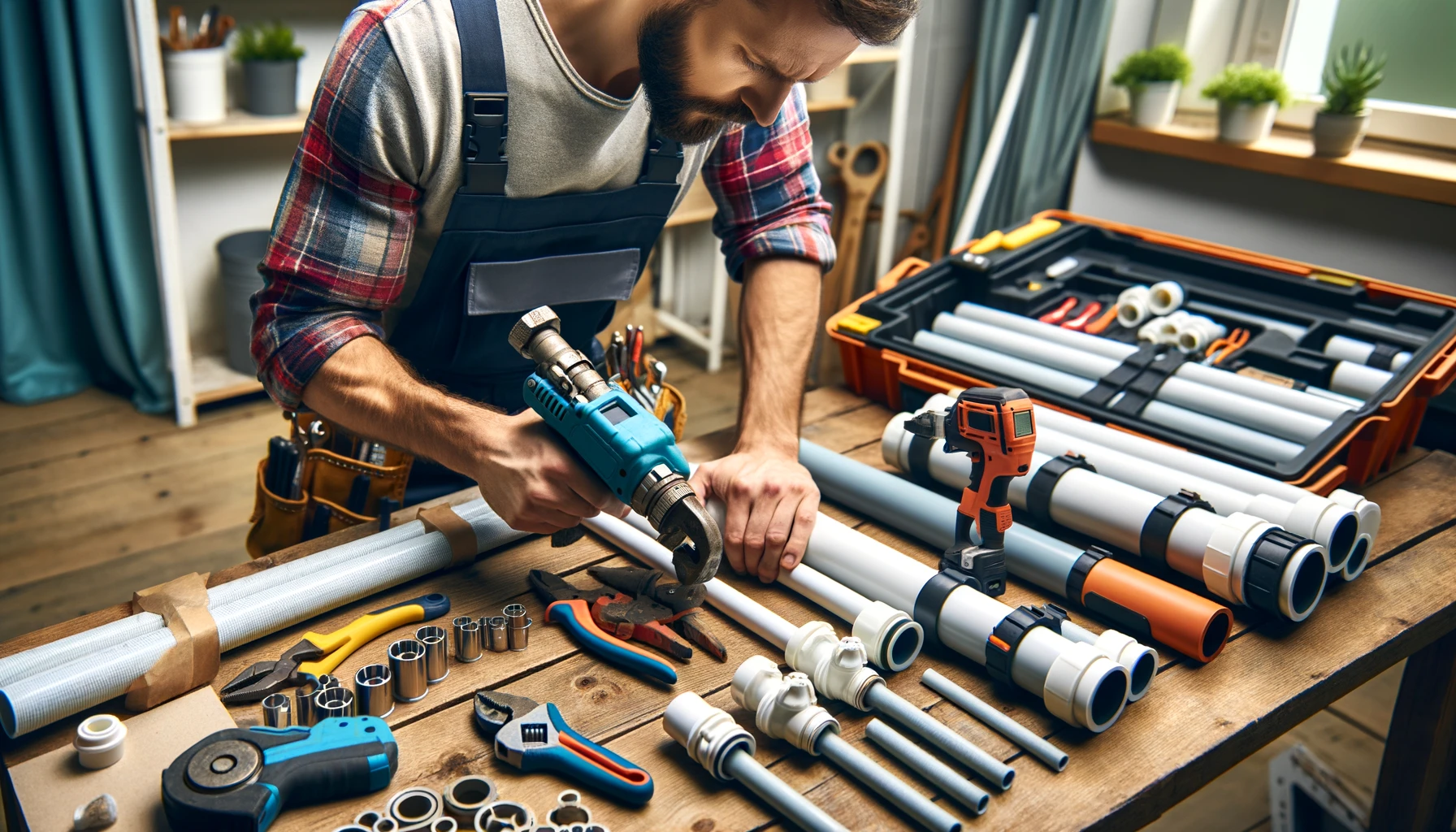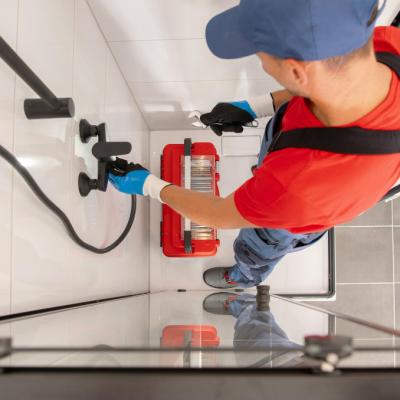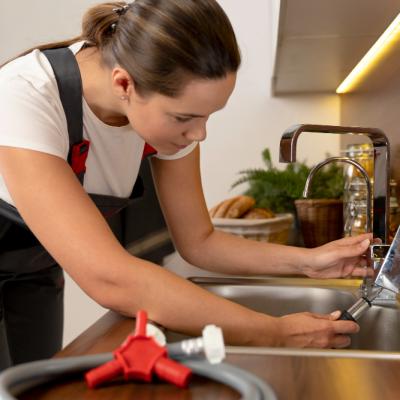The plumbing industry is continually evolving, with new materials and technologies emerging to enhance the efficiency
, durability, and sustainability of plumbing systems. In 2024, several innovative materials are making waves in the industry, offering improved performance and environmental benefits. This article explores the latest innovations in plumbing materials and their potential impact on the industry.
Introduction to Innovative Plumbing Materials
Traditional plumbing materials, such as copper and PVC, have served the industry well for decades. However, advancements in material science have led to the development of new options that offer superior characteristics. These innovative materials are designed to address common issues, such as corrosion, leaks, and energy efficiency, while also promoting sustainability.
Key Innovations in Plumbing Materials
-
Cross-Linked Polyethylene (PEX): PEX piping has become increasingly popular due to its flexibility, durability, and resistance to corrosion. It can be used in a variety of applications, including potable water systems, radiant floor heating, and fire suppression systems. PEX is easy to install and requires fewer fittings, reducing the potential for leaks.
-
Chlorinated Polyvinyl Chloride (CPVC): CPVC is a thermoplastic material that offers excellent resistance to heat and chemical corrosion. It is commonly used in hot and cold water distribution systems. CPVC pipes are lightweight, easy to install, and have a long lifespan, making them a cost-effective alternative to traditional materials.
-
High-Density Polyethylene (HDPE): HDPE pipes are known for their high strength-to-density ratio, making them ideal for both residential and commercial plumbing applications. They are highly resistant to impact, abrasion, and corrosion. HDPE pipes are also flexible, allowing for easy installation in challenging environments.
-
Epoxy Pipe Lining: Epoxy pipe lining is a trenchless rehabilitation method used to repair existing pipes without excavation. This technique involves applying an epoxy coating to the interior of the pipes, creating a seamless, corrosion-resistant barrier. Epoxy lining extends the life of the pipes and reduces the need for costly replacements.
-
Stainless Steel: Stainless steel pipes and fittings are gaining popularity for their durability, resistance to corrosion, and aesthetic appeal. They are commonly used in both residential and industrial applications. Stainless steel is particularly suitable for high-temperature and high-pressure systems.
-
Composite Materials: Composite pipes, made from a combination of materials such as polyethylene and aluminum, offer the benefits of both metals and plastics. These pipes are lightweight, durable, and resistant to corrosion. They are often used in water distribution and gas supply systems.
Benefits of Innovative Plumbing Materials
The adoption of innovative plumbing materials offers several benefits:
-
Durability and Longevity: New materials, such as PEX and CPVC, offer enhanced durability and a longer lifespan compared to traditional materials. This reduces the need for frequent repairs and replacements.
-
Corrosion Resistance: Materials like HDPE and stainless steel are highly resistant to corrosion, minimizing the risk of leaks and water contamination. This ensures the safety and reliability of plumbing systems.
-
Flexibility and Ease of Installation: Flexible materials, such as PEX and HDPE, simplify the installation process. They can be bent and routed through tight spaces, reducing the need for fittings and joints.
-
Cost-Effectiveness: While some innovative materials may have higher upfront costs, their durability and ease of installation can result in long-term cost savings. Reduced maintenance and repair costs contribute to overall affordability.
-
Environmental Benefits: Many of the new materials are designed with sustainability in mind. For example, PEX and CPVC are recyclable, and epoxy lining reduces the need for pipe replacements, minimizing waste.
Challenges and Considerations
While innovative plumbing materials offer numerous advantages, there are also challenges to consider:
-
Compatibility: Integrating new materials with existing systems can pose compatibility issues. Plumbers need to ensure that the materials they choose are compatible with the existing infrastructure.
-
Training and Expertise: Plumbers need to stay updated on the latest materials and installation techniques. This requires ongoing training and education to ensure proper installation and maintenance.
-
Cost: Some innovative materials may have higher upfront costs compared to traditional options. Plumbers and customers need to weigh the long-term benefits against the initial investment.
-
Regulatory Compliance: New materials must meet industry standards and regulatory requirements. Plumbers need to ensure that the materials they use comply with local codes and regulations.
Future Trends in Plumbing Materials
As the plumbing industry continues to evolve, several trends are shaping the future of plumbing materials:
-
Sustainability: The focus on sustainability is driving the development of eco-friendly materials. Biodegradable and recyclable materials are becoming more prevalent, reducing the environmental impact of plumbing systems.
-
Smart Materials: Advances in material science are leading to the creation of smart materials that can adapt to changing conditions. For example, self-healing pipes can repair minor cracks and leaks, enhancing the longevity of the system.
-
Nanotechnology: Nanotechnology is being explored to create materials with enhanced properties, such as increased strength, flexibility, and resistance to corrosion. This technology has the potential to revolutionize plumbing materials.
-
Customization: The ability to customize materials for specific applications is becoming more important. Plumbers can choose materials that are tailored to the unique needs of each project, ensuring optimal performance and efficiency.
Conclusion
The innovations in plumbing materials for 2024 are transforming the industry, offering enhanced performance, durability, and sustainability. Plumbers who stay informed about these new materials and embrace the latest technologies can provide superior services to their customers. By adopting innovative materials, the plumbing industry can meet the evolving needs of homeowners and businesses while contributing to a more sustainable future.












